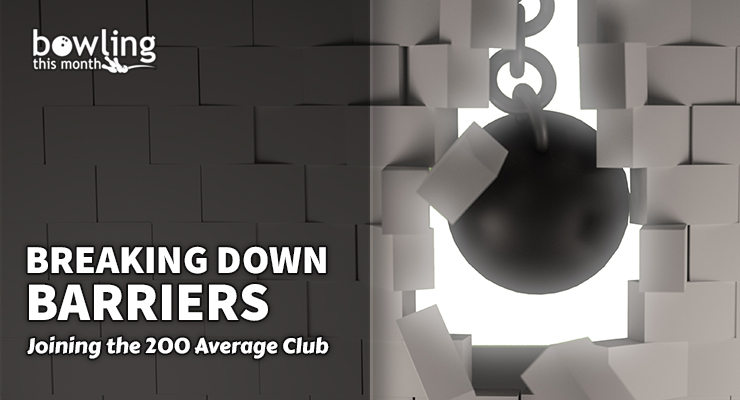For my first article in this series, I want to discuss the 200 average. 30 years ago, a bowler with a 200 average was an elite league player. With changes to lane oil technology and bowling balls, this is no longer the case, but it still represents a significant club that many bowlers want to join. Unfortunately, there are barriers to entry that have stymied many a bowler who feels stuck in the 180 to 190 range.
Some combination of physical, mental, and tactical barriers exists for any average benchmark, such as 150, 180, or 220. I’ll go through each of these in future parts of this series and break down the needs of each bowler as they develop from one average group to another. You’ll see that the needs are similar, but the nuances are important.
With all of this said, let’s break down the 200 average: what it takes to get there, the technical and tactical pieces of the puzzle, and the mental roadblocks that sometimes get in the way.
What does a 200 average look like?
Over the years, I’ve had the opportunity to watch a lot of bowling in my role as a national team coach and youth league coordinator. During this time, I also tracked scores, both digitally and manually, just like many people will do individually to better understand their game using apps like PinPal. I used my data from thousands of games and series across many different bowlers to figure out the performance level needed to achieve various ...
This article is only available to Bowling This Month subscribers. Click below to get instant access to this article and all of our other premium instructional content.
Subscribe to Bowling This Month
Already a Bowling This Month subscriber? Click here to log in.
Image Credits: Wrecking ball illustration (©iStock.com/homeworks255) is licensed for use by BTM and is the copyrighted property of its original creator.
